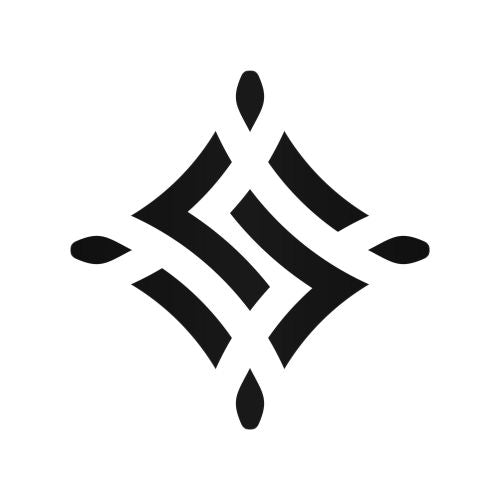Ancient Surin Cloth Pattern: "Sakhu"
Ancient Surin cloth, known as "Sakhu," plays an important role in the region's folk culture. In this article, we explore the meaning of Sakhu in Surin cloth patterns and its origins, revealing the traditions and cultural beliefs of the Surin community from the ancient past.

The word "sakhu" often refers to a pond or body of water in a ditch. The Sakhu cloth pattern features a square grid resembling a canal, arranged in pairs. This unique design originated in Surin Province, created by ancient weavers in the area.
This pattern may reflect the construction principles of ancient stone castles, believed to have included "barai" (paired pools) around the castle, with the pond in the center of the square. This concept is reflected in the green lines seen in the Sakhu cloth pattern.

Types of Sakhu Cloth
- Sakhu Yai (Large Sakhu Cloth): Consists of 5 colors—red, green, yellow, blue or navy blue, and white.
- Sakhu Lek (Small Sakhu Cloth): Consists of 3 colors—red, yellow, and green.
Both types of Sakhu cloth have distinct cultural significance and uses in rituals and community art. The Sakhu pattern, resembling paired square grids, reflects the ancient beliefs surrounding the construction of stone castles, where paired green lines represent the ponds around the castle.

The Sakhu cloth pattern illustrates the relationship between traditional weaving and local customs, which have remained important in Surin's culture from the past to the present. Studying Sakhu and its related traditions provides valuable insight into the community's rich history.
Thank You Source
- Chalerm Phrakiat Sericulture Center, Surin
- Chaloem Rajapatra

